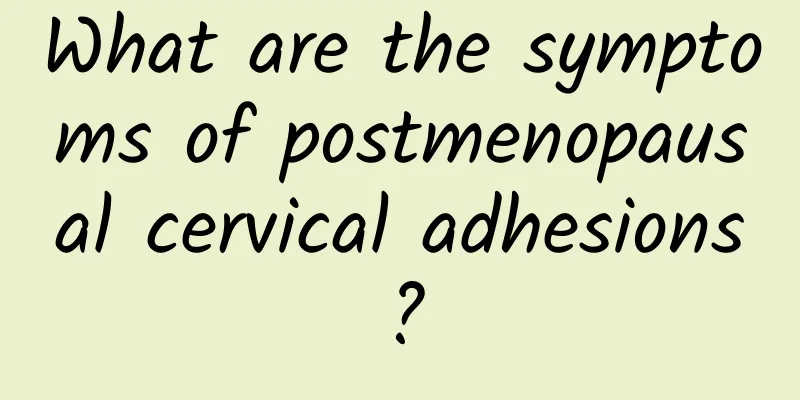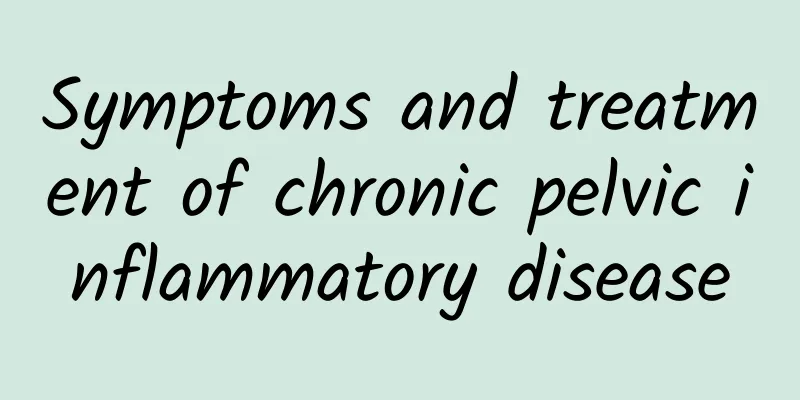What are the symptoms of postmenopausal cervical adhesions?

|
Common symptoms of postmenopausal cervical adhesions include irregular vaginal bleeding or abnormal vaginal discharge, which indicate the need for prompt medical attention. 1) Physiological changes: decreased estrogen levels after menopause lead to cervical atrophy and adhesions. 2) It may be accompanied by repeated infections, which can easily aggravate the condition. 3) Treatments include hormone therapy, hysteroscopy, and physical therapy. 1) Physiological changes: After menopause, the estrogen level in women's bodies drops significantly, which may cause the cervix and reproductive tract mucosa to become thinner, making it more likely to cause cervical adhesions. Estrogen not only maintains the normal function of the reproductive system, but also protects tissue elasticity and lubricity. 2) Infectious factors: Cervical adhesions may also be caused by repeated inflammation or infection of the reproductive tract. This type of situation is more common when estrogen levels drop after menopause. Inflammation may lead to scar tissue formation, which in turn causes cervical stenosis. 3) Treatment: There are many ways to treat cervical adhesions. Hormonal therapy may be recommended to help restore normal function of the reproductive tract and prevent the formation of adhesions. Hysteroscopy is an effective diagnostic and treatment method that can separate adhesion areas under direct vision. For patients with mild symptoms, physical therapy such as physical dilation may also be an option. Timely treatment can effectively relieve symptoms and prevent complications. If irregular bleeding or abnormal secretions occur, please seek help from a professional doctor as soon as possible. Understanding and paying attention to physical changes after menopause, maintaining health in daily life, and regularly undergoing necessary gynecological examinations are essential for preventing postmenopausal cervical adhesions and other reproductive system diseases. Active treatment and attention to daily health care should be taken to maintain good reproductive health. |
<<: What are the symptoms of cervicitis and cervical erosion
>>: How many days after menopause can you exercise?
Recommend
What are the treatments for female cervical erosion of degree 3? There are three professional treatments for female cervical erosion of degree 3
The treatment of cervical erosion of degree 3 is ...
Get your slim waist back with yoga side stretches
In addition to eating less and doing more abdomin...
Eat 8 kinds of weight loss foods at night to fill your stomach without gaining weight
[Key Points]: Which foods are suitable for fillin...
What are the early symptoms of cervical erosion?
It is very important for women to maintain good h...
Let’s find out what are the causes of menopausal functional uterine bleeding?
Functional uterine bleeding during menopause may ...
What should be paid attention to in uterine fibroid surgery? What are the types of uterine fibroids?
It is necessary to master the precautions of uter...
What are the specific preventive measures for dysmenorrhea?
Dysmenorrhea is very common in life, and many peo...
Lifestyle factors of irregular menstruation in women
Many women often consider gynecological diseases ...
What harm will a 9 cm chocolate cyst cause to the patient's body?
Although chocolate cysts are just common gynecolo...
What are the factors that cause adnexitis?
Adnexitis mainly refers to a series of inflammato...
What are the symptoms of pelvic inflammatory disease?
Pelvic inflammatory disease refers to the infecti...
Possible harms of painless abortion in life
In fact, many people in life know that if you are...
Just take 1 minute to activate your pelvis before going out and walk easily to rejuvenate yourself!
Walking can help with health and rejuvenation! Ho...
How to prevent irregular menstruation
How to prevent irregular menstruation? Paying att...
What are the symptoms of uterine fibroids?
Did you know that uterine fibroids can be divided...









